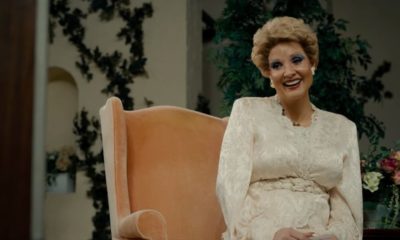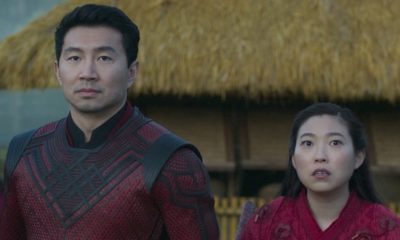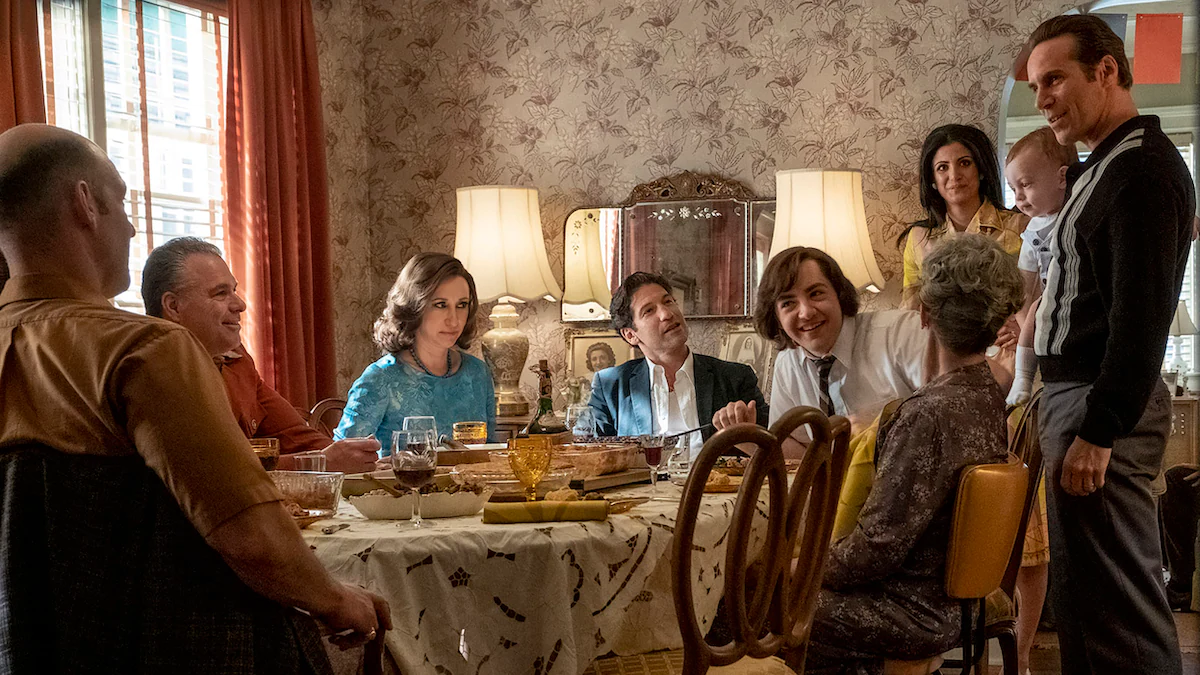*
Time for some tough love: In the pantheon of intellectual property, “Lost in Space” ranks somewhere in the neighborhood of “Thunderbirds,” “Street Fighter” and “The Terminator.” While there is still some degree of love and loyalty from a dwindling number of fans, after decades of inactivity and uninspired reboots, its value is more due to name recognition than recollection of what made it soar back in the day.
Nevertheless, Netflix is pressing forward with big plans to reboot the 1965-1968 sci-fi show, which will almost certainly be the most ambitious original program yet made by the booming streaming service. What will a big-budget, outer-space drama with robots, aliens and spaceships be like coming from Netflix?
That is the question an army of behind-the-scenes people is undoubtedly wrestling with at this very moment, as Netflix greenlit ten episodes of the show a little over a month ago, and we can likely expect casting announcements soon with a 2018 release date.
But rather than writing, perhaps the “Lost in Space” team need to simply set aside 8 hours of their time with a Roku. Because their Netflix sister series “Stranger Things” just overcame many of the same obstacles, with nearly-universal acclaim and calls for renewal. Below, 5 things “Lost in Space” can learn from the success of “Stranger Things.”
RELATED: ‘Lost in Space’ getting a Netflix reboot as streaming service goes intergalactic
Embrace your nostalgia
1998’s “Lost in Space” movie had a big idea: Take a cheesy, endearing show from the ’60s and punch it up with state-of-the-art special effects, a modern setting and a darker tone. Oh yeah, it also sucked and nobody liked it.
Learn from the past, Netflix. Or better yet, embrace it.
The thing that pulled people into “Stranger Things” (and to a lesser degree lately, “Super 8” and “Midnight Special”) was the promise of capturing “that feeling” you got from classic ’80s films. It isn’t about the clothes, the Rubik’s Cube jokes or the soundtrack, but instead that hard-to-define mix of innocence, sincerity and awe that Spielberg, Zemeckis and other masters of the decade were able to crystallize.
Similarly, “Lost in Space” was a product of its time. True, the plots were often millions of miles away from Earth — but the clothes, the mindset, the humor was all very time-specific. Instead of forcing a square peg into a round hole, why not keep the story in 1965, but have the characters deal with space-bound issues that introduce modern technology? Give us the vibe of an era but the advantages of state-of-the-art special effects (like “Stranger Things” did), and you’ve got a winning formula.
*
Opening credits
The opening credits to the “Lost in Space” series are primitive, clunky — and immediately evocative of a certain mood.
Rather than run from such perceived shortcomings, The Duffer Brothers started every episode of their show with ’80s-influenced titles that felt like something out of a Stephen King movie. The result was that within seconds, you were transported into a certain mindset, an era, a mood. And people loved it!
If “Lost in Space” is smart, the show will similarly embrace the look and feel of the original show’s credits (as well as the iconic theme). Do some minor tweaking here and there to spice things up a bit, but “Stranger Things” reminded us that if harnessed correctly, carbon dating can be a good thing.
*
The love triangle
No, we’re not talking about Judy Robinson and Major Don West and whoever else, but the real love triangle that held “Lost in Space” together: Dr. Smith, Robot and Will Robinson.
In only eight episodes of “Stranger Things,” The Duffer Brothers did a masterful job of engineering the love triangle between Nancy Wheeler, outcast Jonathan Byers and ’80s jerk Steve Harrington. Using stereotypes we’ve grown accustomed to, we thought Steve was the villain, that Jonathan would get the girl — and then, when the time came, the characters revealed new layers of themselves and unexpectedly joined together to save the day.
Similarly, viewers will come into “Lost in Space” expecting Dr. Smith to be a duplicitous coward, Robot to be a C-3PO-like sidekick, and Will to be an earnest early teen. Ultimately, all three characters are co-dependent on each other, and “Lost in Space” has always been at its best when the three share not only insults and bickering — but also something deeper. Then, of course, there are the nicknames…
*
The casting
The 1998 film had William Hurt, Heather Graham, Lacey Chabert, Gary Oldman and Matt LeBlanc … and resulted in the franchise crawling away like a wounded animal, hiding in a pop culture cave for nearly twenty years to lick its wounds until Netflix came calling.
The moral of the story? Cast the correct actors, not the most famous ones. Although “Stranger Things” had Winona Ryder and Matthew Modine, the real stars were hardly household names. “Lost in Space” would be better served throwing money towards solid scripts and special effects than slumming A-listers.
*
Make it personal
Although “Stranger Things” had such fantastical elements as monsters, shadow government agencies and inter-dimensional travel, the show’s greatest strength was the sense that it was lovingly hand-crafted. The Duffers clearly cared about the era, the films to which they were paying homage, and the all-new story they were telling.
Rather than spinning old wheels, “Lost in Space” needs to remember that it is a show set among a limitless number of planets and stars. By nature, the narrative can go anywhere.
Embrace that, make us dream once again of adventures beyond the stars — and then, one of sci-fi’s truly stranger things may occur: We might actually rescue “Lost in Space” from intellectual property purgatory.
*
Source link



 Movies News6 years ago
Movies News6 years ago


 Movies News4 years ago
Movies News4 years ago


 Movies News4 years ago
Movies News4 years ago


 Movies News4 years ago
Movies News4 years ago
